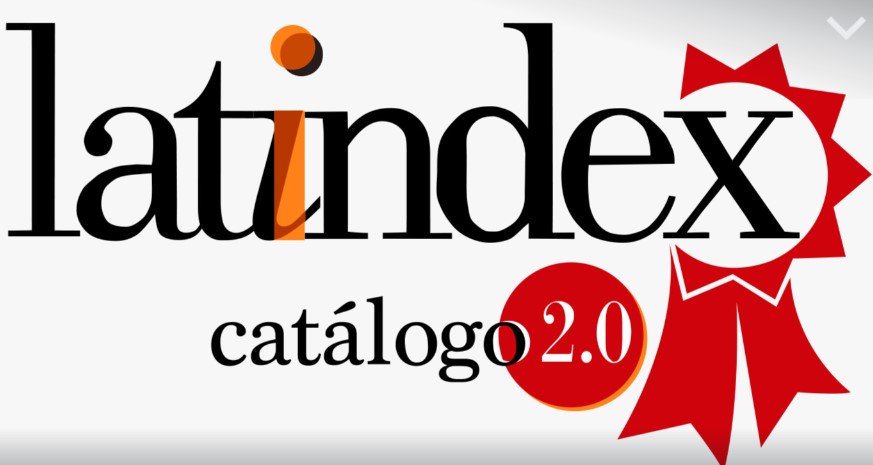SUSTAINABILITY INDEX IN URBAN ROAD CORRIDORS IN INTERMEDIATE CITIES.
Keywords:
Accessibility, Urban Road Corridors, Public Spaces, PlanningAbstract
Urban road corridors as contemporary urban areas approach fundamental and basic aspects of urban planning. Most urban corridors neglect to promote equity, accessibility, recreational activities, social activities, sports activities, comfort and safety, etc. The objective of the research was to develop a planning of public spaces in urban road corridors in intermediate cities. In this research, documentary and field analysis was applied from the point of view of urban mobility and public spaces. The section of Avenida 25 de Junio was chosen from the Y of El Cambio to the Circumvallation Norte of the city of Machala. In the exploratory analysis, concepts, variables and hypotheses that investigate the research object for the planning and design of urban road corridors were identified. The descriptive analysis allowed us to specify key principles such as: community participation, priority setting within urban road systems, and design and management considerations for road corridors. A methodology for the planning of public spaces in urban road corridors is proposed through the construction of a relationship matrix that allows formulating policies, strategies and actions for the management of sustainable urban mobility conditioning the road corridor in aspects such as: Spatial and visual accessibility, tree planting, condition of public spaces, state of use of sidewalks. The methodology applied to Av. 25 de Junio determined that spatial and visual accessibility is within an acceptable range; in arborization a poor range; in the condition of public spaces, we have ranges from acceptable to harmful and in the state of use of sidewalks ranges from medium to acceptable. Finally, an urban corridor sustainability index of 0.44 was obtained, which indicates that it can become established as a road corridor, improving the negative aspects of each area studied.
Downloads
Published
How to Cite
Issue
Section
License
The contents of this journal are under a Creative Commons Attribution-NonCommercial 3.0 Unported License, meaning that its copy and distribution are by all means allowed for as long proper acknowledgments are given and commercial use is not involved.










